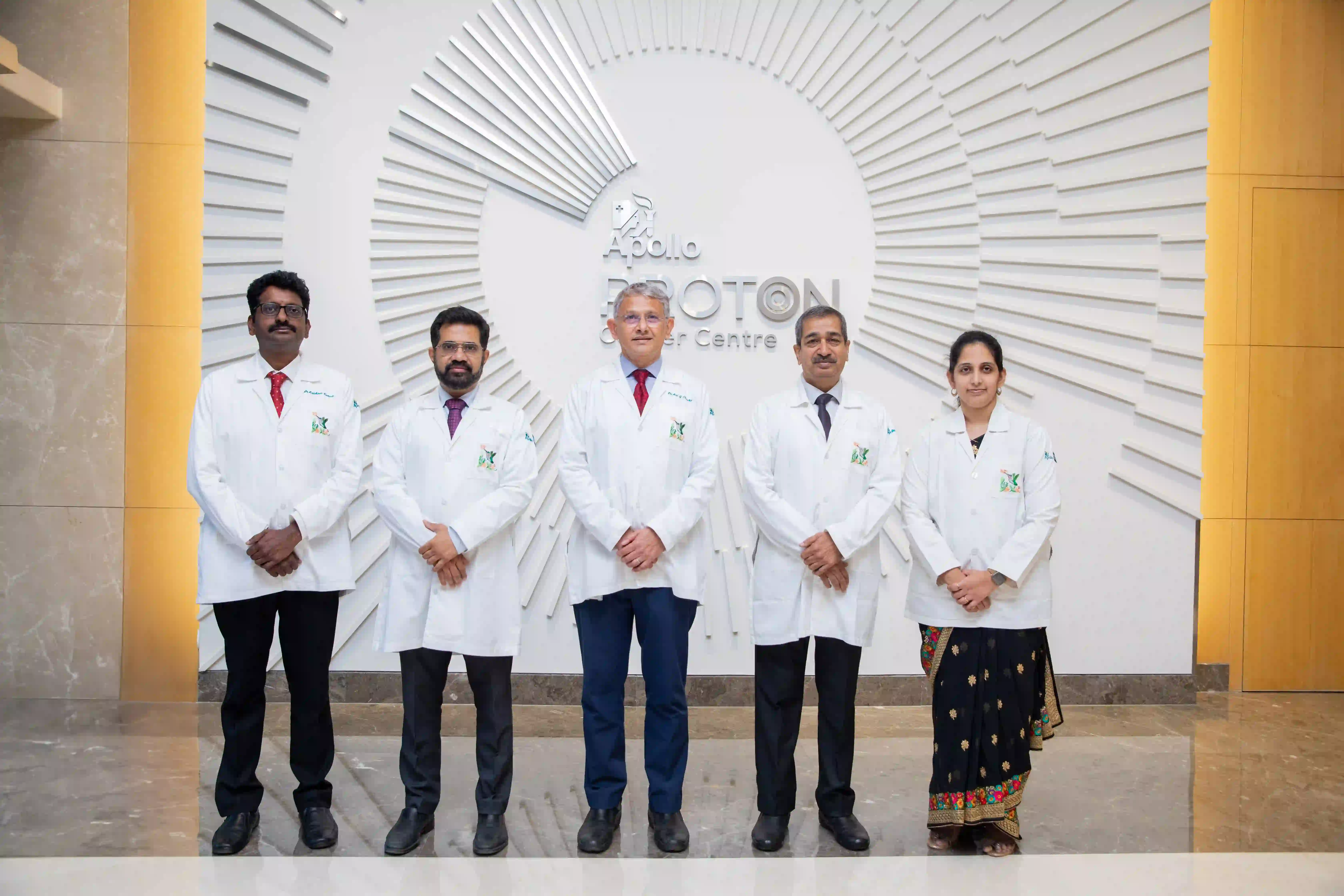Introduction
Gliomas have challenged neurosurgeons since the early 1900s due to their complex and diverse molecular characteristics. They are the most common primary brain tumors, originating from glial cells (astrocytes, oligodendrocytes and ependymal cells) in the brain and spinal cord. Tumors are described according to the cell of origin, namely, Astrocytomas, Oligodendrogliomas and Ependymomas respectively. Oligodendrogliomas have better outcomes than the other two.
Gliomas are graded 1-4 based on their histological and molecular features, as recommended by the latest WHO classification. Progress in the field of neuropathology has played a pivotal role in enhancing the understanding, diagnosis, and treatment of gliomas. The emergence of molecular profiling has revolutionized our understanding of gliomas, enabling a more precise classification and personalized treatment strategies. Grade 1 tumors have the best prognosis whereas grade 4 have a poorer prognosis.
What problems do patients with gliomas have?
Patients who have gliomas usually have some or all of the following problems:
- Epileptic fits
- Headaches – recent onset headaches or a change in character of long-standing headaches
- Blurred vision
- Difficulty in speaking or understanding
- Reduced memory or change in behaviour
- Weakness or clumsiness of the hands or legs
- Drowsiness
Patient assessment and preoperative planning
Before embarking on glioma surgery, a good evaluation is crucial. This includes a detailed history and examination including assessing the functional status. Next, the Neuroradiologist performs a detailed brain MRI which includes studies like Perfusion, Spectroscopy, Tractography and functional MRI to diagnose gliomas accurately and to provide valuable information to the neurosurgeon on how to perform the surgery safely.
Surgical techniques
Surgery is the first step in the management of gliomas, mainly to remove as much of the tumor as possible that is safe and to obtain tissue for a histopathological
In some deep-seated gliomas, or if the patient’s condition is not good, a stereotactic biopsy alone is performed to obtain a small amount of tissue to get a histological diagnosis. Awake surgeries are performed when tumors are located in or around important areas controlling language, hand and leg movement and vision. Neuronavigation helps in locating the tumor and important parts of the brain accurately and intraoperative ultrasound helps the surgeon remove more tumor while being safe at the same time.
Benefits of intraoperative Fluorescence guidance:
Apart from microsurgical techniques and intraoperative neurophysiological monitoring, another breakthrough in neurosurgery, is the use of intraoperative fluorescence guidance for glioma resection. This technique is based on the interaction between fluorescent agents and glioma cells to enhance detection of gross tumor during surgery. 5-aminolevulinic acid (5-ALA) when administered orally to the patient before surgery, are selectively taken up by the tumor cells and metabolized leading to the production of protoporphyrins that are fluorescent. This makes them visible and distinguishable from normal brain after applying certain filters attached to the operating microscope.
The integration of fluorescence guidance into glioma surgery has several advantages:
- Glioma tissue becomes visibly distinct from normal brain helping the neurosurgeon accurately identify the margins of the tumor and avoid unintentionally leaving behind tumor
- Achieving a maximal safe resection
- Provides real-time feedback
- Improved survival
The 5th and latest edition of the WHO classification of gliomas, representing a paradigm shift in the diagnosis of these tumors, incorporates molecular features into histological criteria
- Integration of molecular markers: The latest classification lays emphasis on molecular markers such as isocitrate dehydrogenase (IDH) gene mutations, 1p/19q co-deletion, and MGMT promotor methylation. These markers play a role in the accurate diagnosis, prediction of outcomes and guiding treatment decision.
- 1p/19q co-deletion is often seen in oligodendrogliomas and predicts a favourable response to treatment
- IDH-mutant and IDH-wildtype categories: The classification now distinguishes between IDH-mutant and IDH-wildtype gliomas, where the latter are now classified as glioblastomas irrespective of any other features.
- H3K27M mutation: common in diffuse midline gliomas, this mutation generally confers a poor prognosis in pediatric cases.
Our neurosurgical team interacts very closely with radiation and medical oncologists, attending a tumor board meeting twice weekly. An appropriate treatment strategy is implemented using the latest classification guidelines to ensure optimal outcomes for our patients Research continues to reveal new molecular alterations implying that specific targeted therapy may be available in the future that will transform outcomes in gliomas. Lifelong follow-up of glioma patients is a critical and essential step in the management. These patients will undergo MRI at regular intervals to ensure disease control.
Contact Us:
To learn more about adult gliomas reach out to our experienced team at the Apollo Proton Cancer Centre

Winning over Cancer with Apollo Proton Cancer Centre
A breakthrough in Cancer Care! The global growing cancer burden tells an ominous tale. To counter this growing threat, Apollo Proton Cancer Centre provides a complete and comprehensive solution. As cancer care has become one of the fastest-growing healthcare imperatives across the world, we believe it is critical to redefine our purpose, to reboot our commitment on the single-minded focus - to battle cancer, to conquer cancer! APCC stands as a ray of hope for millions, infusing them with the courage to stand and stare cancer down.

Copyright © 2023 Apollo Proton Cancer Centre. All Rights Reserved


